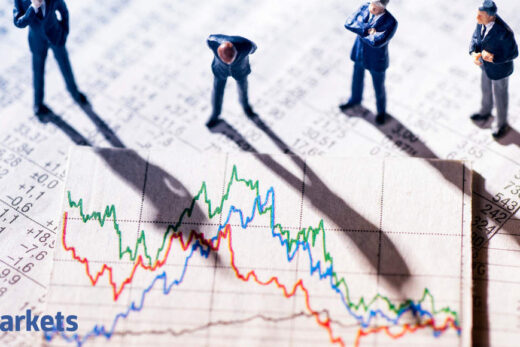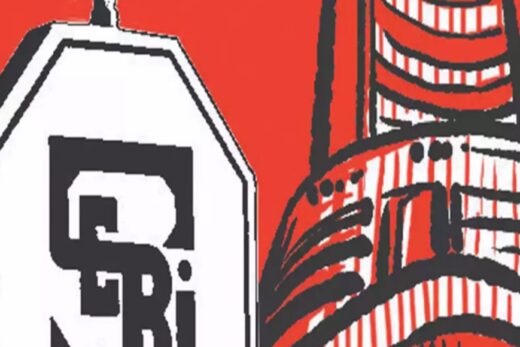The Federal Reserve did a pretty good job of delivering some bitter news to markets at its meeting last week without much fallout. Stocks didn’t sell off materially despite the central bank signaling an earlier-than-expected start to interest-rate increases, and riskier credit markets stayed wide open.
But a few moves signaled trouble, and they clearly have Fed Chair Jerome Powell’s attention. They include longer-term inflation expectations, which fell after the central bank’s recalibration on Wednesday. Ten-year breakeven rates had fallen to the lowest since March by Friday. The flattening yield curve expressed something similar, with the gap between five and 30-year Treasury yields narrowing to the least since September 2020 as of Friday.
The inflation-market response is a “disturbing reaction” and “extremely bad news for the Fed,” said Jean Boivin, head of the BlackRock Investment Institute. Central bankers put a 2023 rate increase on the table because of rising longer-term inflation expectations. If those expectations fade, it undermines the reason the central bank wanted to increase benchmark borrowing costs in the first place.
“I would expect the Fed officials this week to try to walk that back because it’s pretty bad news for them,” Boivin said in a Bloomberg Television interview Monday.
It certainly seemed as if that was what Powell was trying to do in his testimony on Tuesday to the House Select Subcommittee on the Coronavirus Crisis. He doubled and tripled down on his view that inflation is transitory, saying, “A pretty substantial part or perhaps all of the overshoot in inflation comes from categories that are directly affected by the reopening of the economy.”
He added that the price data was confusing. “We have to be very humble about our ability to really try to draw a signal out of it,” he said. “It might take some patience to really see what’s happening.”
The shift to a generally flattening yield curve and lower long-term inflation expectations may keep the Fed from actually carrying out the tapering its $120 billion in monthly bond purchases in the near term, let alone raising rates as soon as late next year or early 2023.
In some ways, the Fed has trapped itself in a tight corner that will prove difficult to exit successfully. It wants to see inflation pick up, and yet its every move has unprecedented ramifications for a world awash in debt. If inflation runs too hot, traders will worry about a fast round of tightening that will torpedo growth and puncture asset-price valuations. If central bankers raise rates sooner, traders will price in a slower, cooler longer-term expansion.
“It’s easy to say that the Fed should tighten, and I think that they should,” said Ray Dalio, the founder of Bridgewater Associates, the world’s biggest hedge fund, at Bloomberg’s Qatar Economic Forum. “But I think you’ll see a very sensitive market, and a very sensitive economy because the duration of assets has gone very, very long,” he said.
Fed members themselves are starting to splinter over their understanding of their overarching mandate. Some, including James Bullard, president of the St. Louis Fed, and Robert Kaplan, his counterpart at the Dallas Fed, are starting to express concerns about faster-than-expected inflation.
But the Fed leadership, namely Powell and New York Fed President John Williams, are trying to preserve the status quo, still calling it too early to remove accommodation. And this more dovish tone is the message that carries the most weight. After all, market-determined inflation expectations continue to confirm their view and still show a greater inclination to price in disinflation than accelerating price increases.



